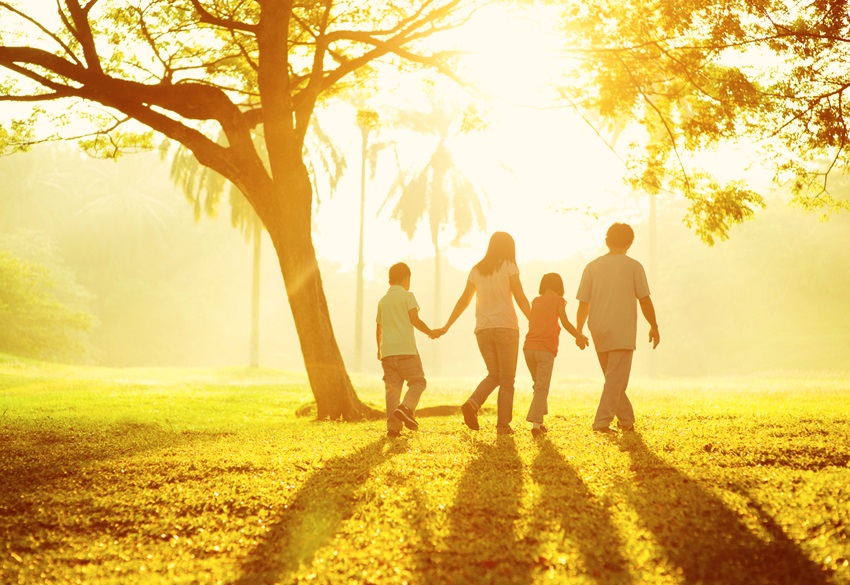Thu 30 May 2019:
For the sake of our health, we need to kick the indoor habit
Spending too much time at home or in the office is confusing our bodies, which are telling us to get out more As a species we need to get out more. Humans now spend so much time indoors that many of us are cultivating a variety of serious health complaints, and for some they could be fatal. It is not so much that outdoor time is inherently good; more that our bodies are built to anticipate it and the way we live now is confusing to our systems.
Nearly two decades ago a study published in Nature magazine concluded that the average American spent 93% of their time indoors. And that was before tablets and smartphones.In trying to cope with the shaded, sedentary world we have made, our bodies wage war on what should be harmless antigens; they fail to make bones strong enough to support our weight; even our eyes struggle to focus without the help of lenses.
This incremental creep across the threshold to the great indoors began tens of thousands of years ago when the first settled communities emerged.As our homes have become larger and sturdier, the time that we spend in them has extended. And we are only just beginning to understand the number of health risks that are associated with living a permanently sheltered life.
Take shortsightedness, which is a growing problem among the young, particularly in south-east Asia. Almost everyone believes that close work (reading, phone use, too much TV) plays a part.And, because the condition is more common in certain populations, coupled with the fact that parents seem likely to pass the condition on, many also believe that it is hereditary. While both assumptions are not wrong, they are a long way from telling the whole story.To grow to its optimum shape, a developing eye needs exposure to good quality light, which can’t be found indoors.
In Singapore, there are virtually no houses with gardens where children can play – only tower blocks. Even if they wanted to play outside, a hyper-competitive educational environment means that children are often buried under academic work. The city boasts miles of subterranean outlets that interconnect between main streets. All of which contribute to children’s exposure to artificial light
Our indoor habits are so ingrained that many of us are also not getting enough vitamin D. To make bone, we need calcium and phosphorous, but calcium in particular is difficult for the body to absorb without vitamin D. Although we can get some vitamin D through our diet, most of it is made by our skin on exposure to sunlight.
There have been a number of infant deaths caused by vitamin D deficiency in Britain in recent years.Research is also showing that vitamin D deficiency is increasingly linked with the prevalence of allergies. An allergic reaction is an inappropriate immune response (itching, swelling, anaphylaxis) to an otherwise harmless substance. With every generation since the 19th century, the number of children with allergies has seemingly increased exponentially. Asthma, for example, was practically unheard of 200 years ago, but today it accounts for 1,200 deaths a year in the UK.
Studies contrasting rural and modern populations have shown that exposure to “natural environments” may reduce allergy risks by more than 90%. Historically, these figures make sense. Hay fever, when it began in the 19th century, was associated either with the bookish or the well-to-do, being two groups who spent little time working the fields. The second wave of allergic disease is food allergy. Research in Australia suggests that vitamin D deficiency is linked to an elevenfold increase in the likelihood of peanut allergy (and a tripling of the prevalence of egg allergy).
Think your friends would be interested? Share this story!





